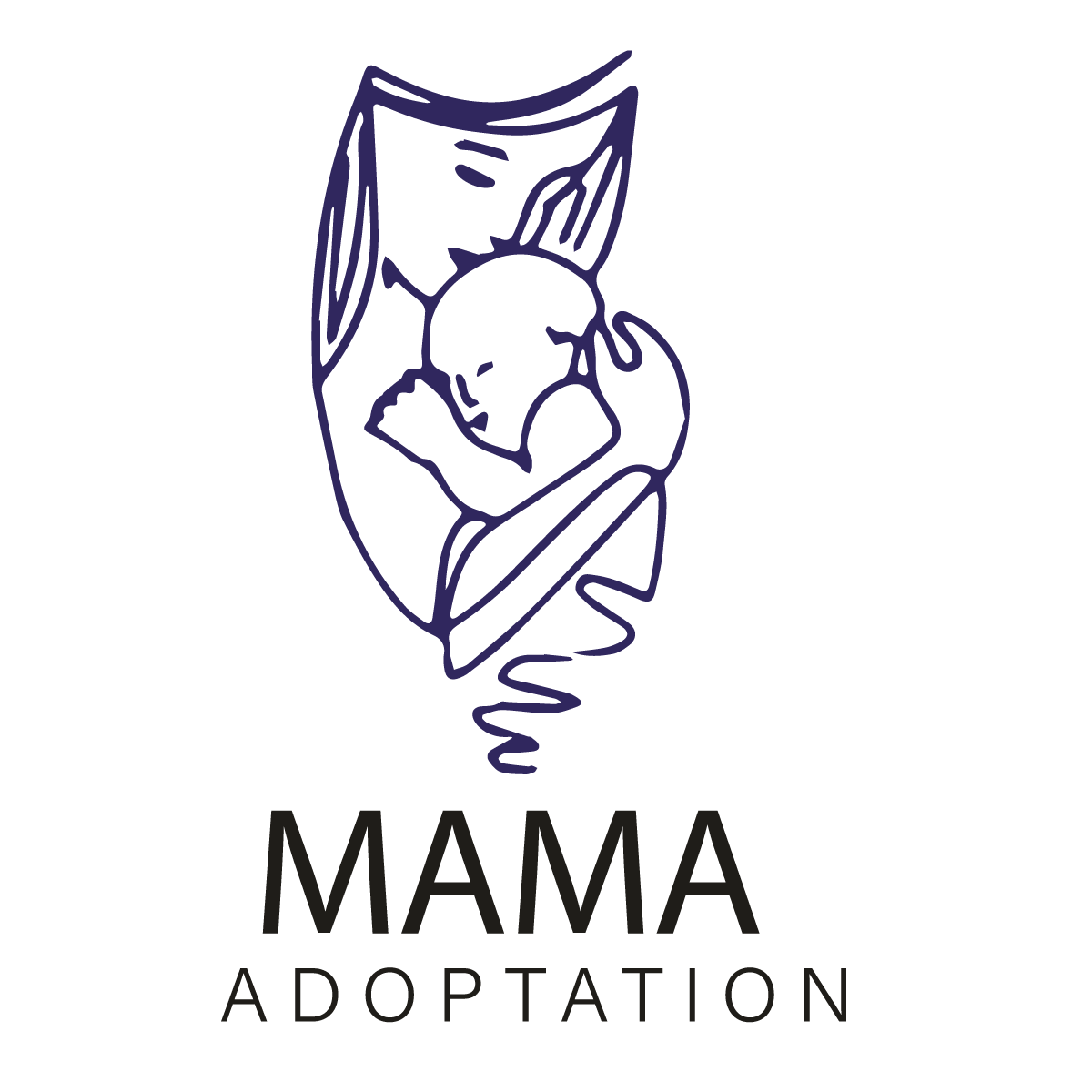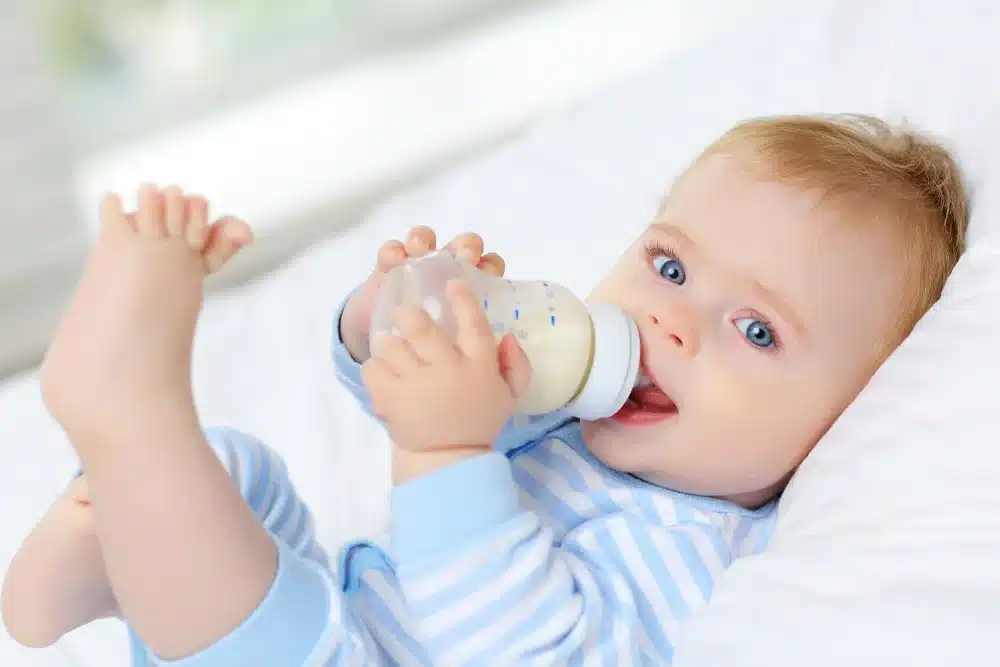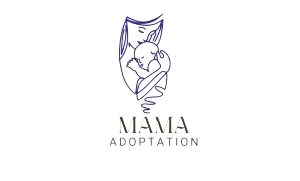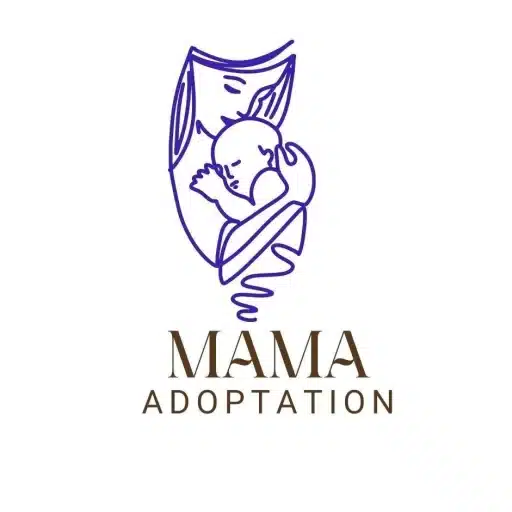Baby bottles turning yellow is a common question that can puzzle many parents.
Baby bottles may turn yellow due to factors like exposure to heat, certain foods, and aging of materials. While yellowing is common and doesn’t necessarily affect safety, it can be prevented with proper cleaning and care. Safe alternatives include glass, silicone, or stainless steel bottles. Regular cleaning, avoiding high temperatures, and prompt replacement of damaged bottles are key for maintaining hygiene and aesthetics.
As an expert pediatrician, I will delve into these aspects, we can unravel the mysteries behind this discoloration and learn how to effectively prevent or address it.
Is it normal for baby bottles to turn yellow?
Yes, it’s relatively common for baby bottles to develop a yellowish tint over time, especially if they are frequently used and subjected to repeated washing and sterilization. This yellowing can be caused by various factors, including exposure to heat, certain foods or beverages, and the natural breakdown of materials like plastic or silicone. While the discoloration may not necessarily affect the bottle’s functionality or safety, some parents prefer to replace yellowed bottles for aesthetic reasons or concerns about potential chemical leaching. Regular cleaning and proper maintenance can help slow down the yellowing process, but it’s generally considered a normal occurrence with extended use.
1. What are baby bottles?
Baby bottles are containers designed for feeding infants with milk, formula, or other liquids. They typically consist of a bottle body, nipple, and cap. These bottles come in various shapes, sizes, and materials to suit different preferences and needs.
2. Materials used in baby bottles
Traditionally, baby bottles were made from glass. However, with advancements in technology, plastic and silicone have become popular alternatives. Each material has its advantages and disadvantages in terms of durability, weight, and ease of cleaning.
Why Do Baby Bottles Turn Yellow?
Baby bottles can turn yellow due to a variety of factors, including:
- Exposure to high temperatures: Repeated exposure to hot water during sterilization or dishwashing can cause plastic bottles to yellow over time.
- Pigment absorption: Some foods or liquids, especially those with strong colors like carrots or tomato-based products, can cause plastic bottles to absorb pigments and develop a yellowish tint.
- Chemical reactions: The breakdown of plastics, such as polycarbonate or polypropylene, due to exposure to sunlight, harsh detergents, or other chemicals, can contribute to yellowing.
- Age and wear: Over time, the natural aging process of plastics can lead to changes in color and appearance, resulting in a yellowed or discolored appearance.
- Residue buildup: Inadequate cleaning or improper rinsing of bottles can leave behind residue, which may contribute to yellowing over time.
How to get yellow stains out of the baby bottle?
Firstly: To effectively remove yellow stains from baby bottles, begin by preparing a baking soda paste using baking soda and water, then apply it generously to the stained areas. Let the paste sit for several hours or overnight to allow it to work its magic. Afterward, scrub the stains using a bottle brush in circular motions. Rinse the bottles thoroughly to remove any leftover baking soda residue.
Secondly: Prepare a vinegar solution by mixing equal parts white vinegar and warm water, adding a few drops of lemon juice if desired. Soak the bottles in this solution for several hours or overnight. After soaking, scrub the stains once more with the bottle brush. Finally, rinse the bottles thoroughly with warm water to remove any vinegar residue and allow them to air dry completely before use. Following these steps will help ensure that your baby bottles are free from yellow stains and safe for use.
Related: How Often to Replace Baby Feeding Bottles & Nipples, Plastic, Glass, Silicone
Tips for Preventing Yellowing
To prevent yellowing of baby bottles, consider the following tips:
- Use BPA-free bottles: Choose baby bottles made from BPA-free materials to reduce the risk of chemical reactions that can lead to yellowing.
- Wash bottles promptly: Rinse bottles immediately after use to prevent residue buildup, which can contribute to yellowing over time.
- Use gentle detergents: Opt for mild dish soaps specifically formulated for baby bottles to avoid harsh chemicals that can cause discoloration.
- Avoid high temperatures: Limit exposure to extreme heat, such as boiling water or high-temperature dishwashers, as it can accelerate yellowing.
- Rinse after feeding: Rinse bottles with warm water immediately after feeding to prevent stains from drying and setting in.
- Sterilize with care: Follow manufacturer’s instructions for sterilizing baby bottles and avoid prolonged exposure to high temperatures.
- Store properly: Store clean, dry bottles away from direct sunlight to prevent UV-induced yellowing.
- Rotate bottles: Regularly rotate bottles to ensure even wear and prevent excessive yellowing of frequently used bottles.
- Storage: Store clean, dry bottles in a cool, dark place away from direct sunlight. Avoid storing bottles near sources of heat, such as stoves or dishwashers, as excessive heat can accelerate the degradation of plastic or silicone.
Safe Alternatives to Traditional Baby Bottles
Parents’ major concerns while selecting feeding equipment for their infants are safety and health. Although conventional plastic baby bottles have been widely used, many parents are looking for safer options due to worries about chemicals like BPA and the possibility of discolouration.
1. Glass bottles
Glass bottles are a durable and non-toxic alternative to plastic or silicone. They are resistant to staining and can be easily sterilized by boiling or using a sterilizer. While glass bottles may be heavier and more prone to breakage, many parents prefer them for their peace of mind regarding potential chemical leaching.
2. Silicone bottles
Silicone bottles offer the flexibility of plastic with the safety of glass. They are lightweight, durable, and free from harmful chemicals like BPA and phthalates. Silicone bottles are also resistant to staining and easy to clean, making them an excellent choice for parents seeking a safe and convenient feeding option.
3. Stainless steel baby bottles:
Stainless steel bottles are another excellent option, as they are lightweight, durable, and free from harmful chemicals like BPA. They also offer excellent temperature retention, keeping liquids hot or cold for extended periods.
4. Biodegradable baby bottles:
Some companies offer biodegradable baby bottles made from plant-based materials like cornstarch or bamboo. These bottles are eco-friendly and free from harmful chemicals, making them a safe and sustainable option for environmentally conscious parents.
Is it safe to use baby bottles that turn yellow?
Baby bottle yellowing is usually more of a cosmetic than a safety concern. However, it’s crucial to check bottles for damage or degradation before utilizing ones that have turned yellow. The bottles are probably safe to use if they are still structurally intact and don’t exhibit any evidence of chemical leaching or degradation. However, it could be wise to replace them with new bottles if there are safety issues. Baby bottles can have their lives extended and discoloration slowed down with regular cleaning and care.
Conclusion
In conclusion, parents must comprehend the reasons behind baby bottles turning yellow in order to preserve their child’s health and prolong the life of feeding supplies. Although yellowing is usually a cosmetic problem, it can also give rise to safety and hygienic issues. Through careful consideration of elements including material composition, cleaning techniques, and preventive measures, parents can effectively manage yellowing and reduce associated dangers. Ensuring a safe eating environment for newborns requires selecting acceptable substitutes for traditional baby bottles, following recommended cleaning procedures, and replacing broken or deteriorating bottles as soon as possible. Parents may prioritize their baby’s health and overcome the difficulties associated with yellowing baby bottles if they are aware of the situation.
FAQ’s
Read also:








